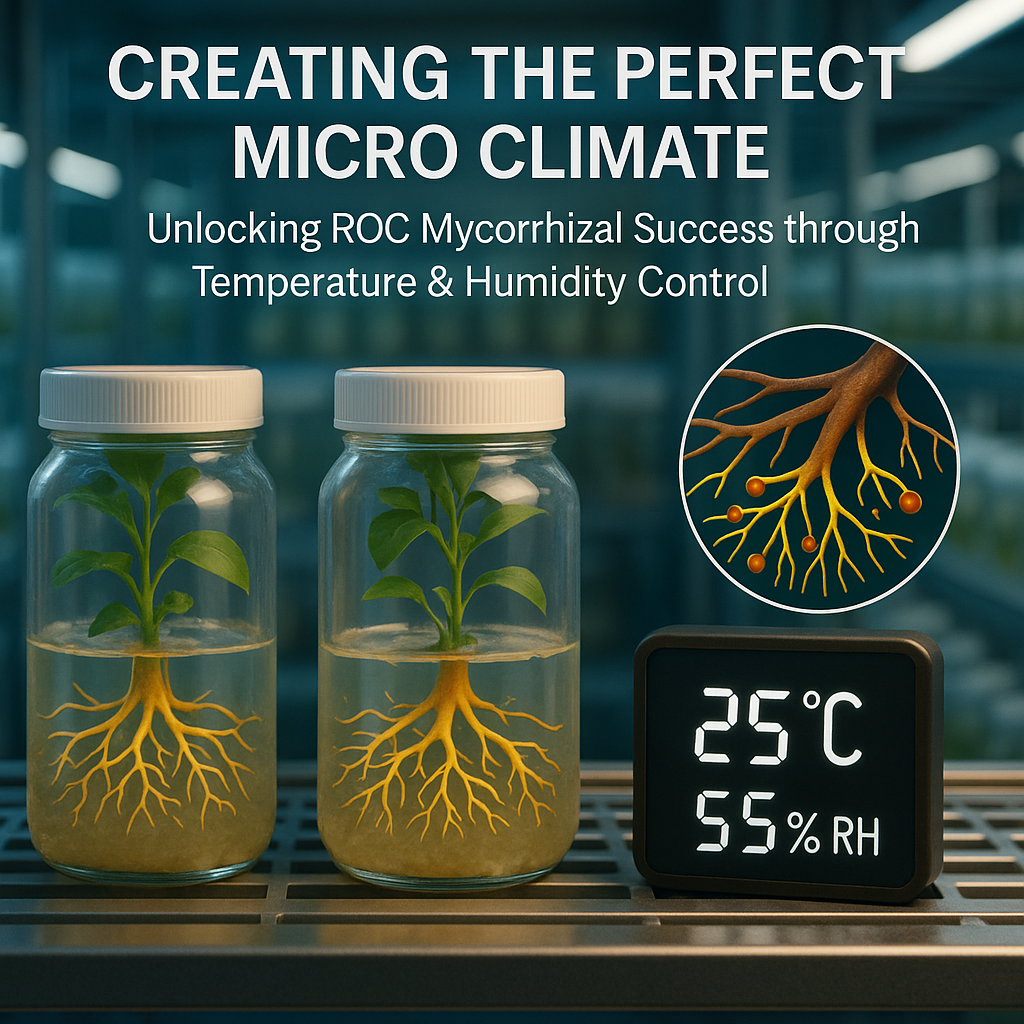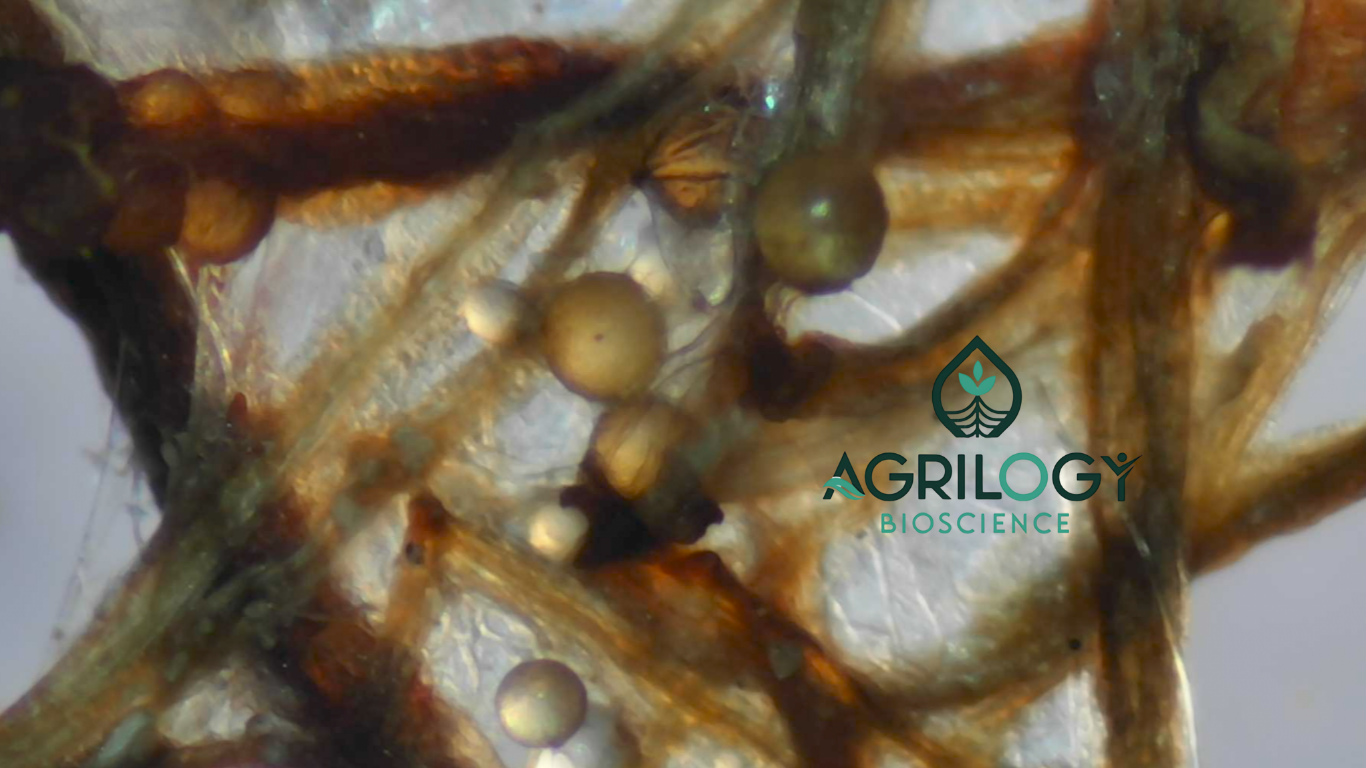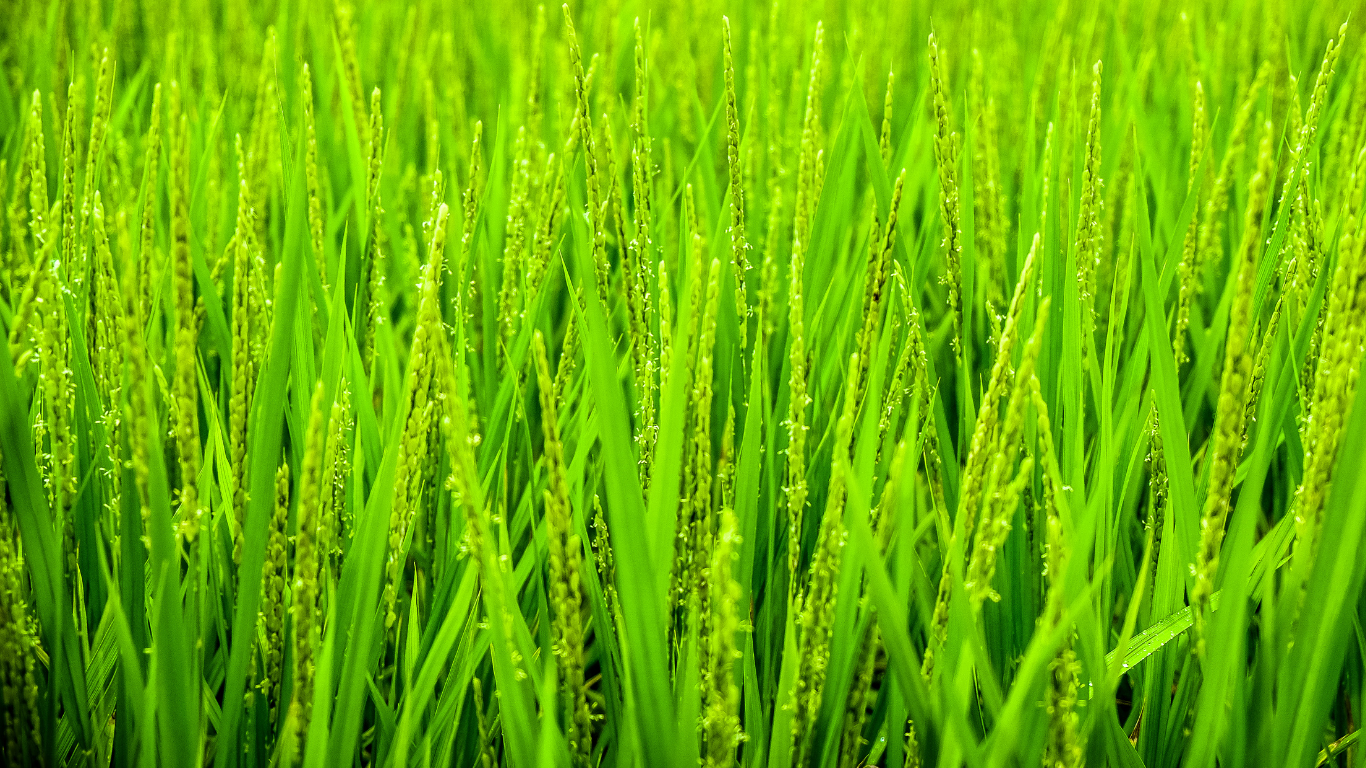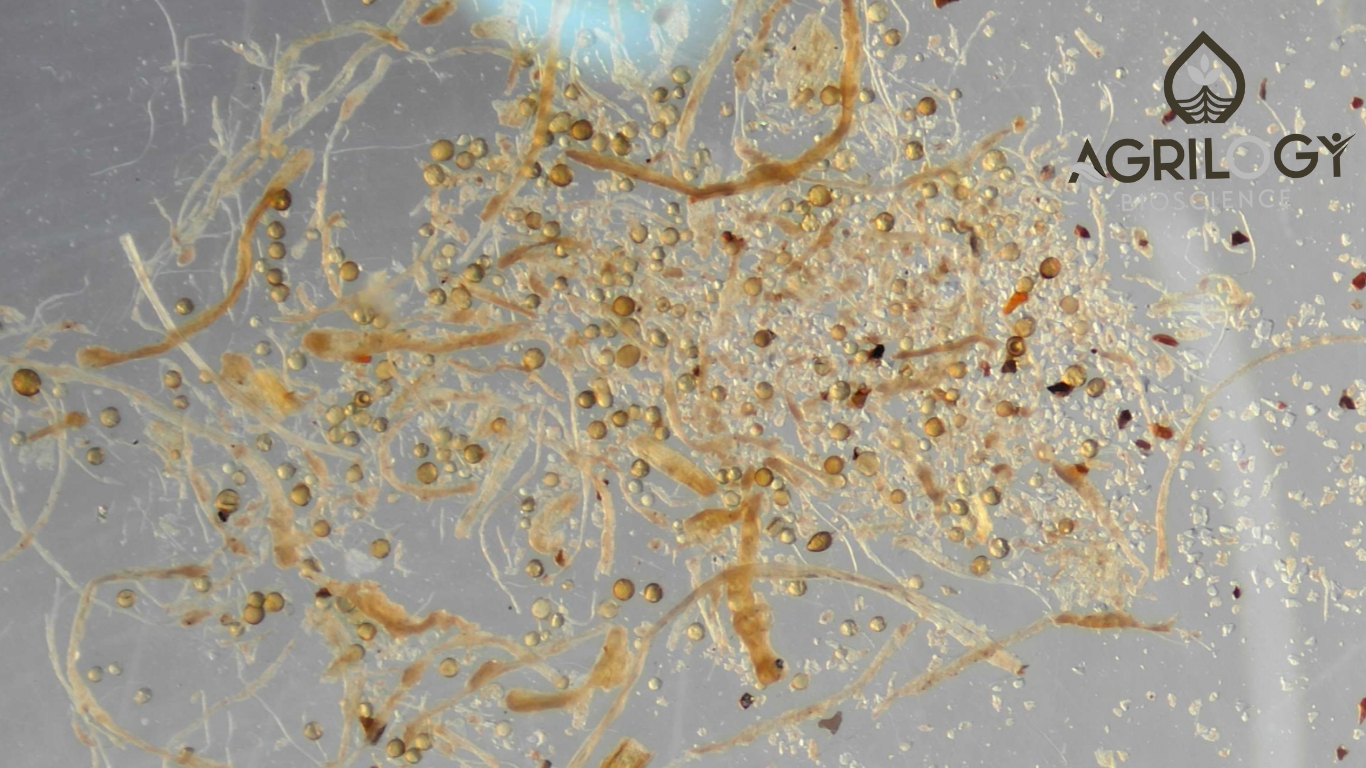
- Home
- Optimizing Temperature and Humidity for Healthier Mycorrhizal Fungi Cultures

Aditi Bijalwan
Co-founder at Agrilogy Bioscience Private Limited
In our last post, we explored the critical roles of temperature and relative humidity (RH) in creating the perfect environment for mycorrhizal fungi in a ROC (Root Organic Culture) system. These two factors have a massive impact on fungal health and plant growth. Now, it's time to take a closer look at how you can precisely manage both temperature and humidity to give your fungi the best possible conditions for thriving.
Whether you’re growing your fungi in a controlled environment or working with natural fluctuations, mastering these environmental factors will boost your mycorrhizal culture and help unlock the full potential of your plant-fungal partnership.
Why Temperature Control is Crucial for Mycorrhizal Fungi
Temperature isn’t just a number on a thermostat—it’s a key factor in how well your mycorrhizal fungi grow and interact with plant roots. Maintaining a stable, comfortable temperature helps prevent stress and ensures optimal fungal performance.
Passive Temperature Control: Let the Environment Work for You
Not every grower wants to rely on high-tech systems to maintain a stable temperature. Passive temperature control makes use of natural systems, relying on insulation, ventilation, and location to create a stable environment with minimal intervention.
- Insulation is Your Friend: Using proper insulation materials (thermal and moisture-controllable) in your growth space can prevent external temperature swings. This is especially useful during seasonal changes and helps keep the room’s temperature constant year-round.
- Ventilation: More Than Just Fresh Air: Air circulation plays a key role in even temperature distribution. Make sure your space has adequate ventilation to avoid stagnant air, hot spots, or humidity imbalances. A well-ventilated room is a healthy room, and this keeps your mycorrhiza growing strong.
- Pick a Stable Spot: Choose a room or location that is shielded from direct sunlight and cold drafts. Avoiding these temperature fluctuations will help prevent stress on your mycorrhizal fungi. Consistency is key—find a location where the temperature is naturally stable.
Active Temperature Control: Precision When It Counts
For those who want a more hands-on approach or are working in areas with unpredictable weather, active temperature control systems are the way to go. These systems give you full control over the environment and ensure your mycorrhiza are always in the optimal environment for growth.
- Heaters for Cold Weather: In cooler months, a reliable heating system with thermostats can ensure that your room stays at a comfortable temperature for the fungi. A consistent temperature helps avoid the slowdowns and stress that come with sudden chills.
- Cooling for Warm Months: On the flip side, when temperatures rise, fans or air conditioning can keep things cool and comfortable for your fungi. Extreme heat can slow their development, so having cooling systems in place is essential.
- Automated Temperature Systems: If you want a hassle-free setup, consider automated temperature systems that adjust the temperature for you. These systems monitor the room and keep the temperature within your ideal range, reducing the need for manual checks.
Humidity Control: Creating the Perfect Moisture Balance
Now that you’ve got the temperature figured out, let’s talk about relative humidity (RH)—another key factor in creating the ideal environment for your mycorrhizal fungi. Too little moisture can dry out the fungi, and too much can create a breeding ground for myco pathogens. Maintaining the right humidity is a delicate balance, but with the right tools and strategies, you can keep everything under control.
- Airflow and Humidity - The Dynamic Duo: While increasing humidity is important for fungi health, good air circulation is equally essential. Without proper airflow, moisture can accumulate in pockets, leading to stagnant air and potentially harmful pathogens. Make sure your space is well-ventilated to allow even moisture distribution and maintain a healthy environment.
- Humidifiers: Adding Moisture When It’s Needed Most: In drier environments or during colder months, humidifiers are essential. They add moisture to the air, making it easier to maintain the ideal RH levels. This is especially helpful in indoor or climate-controlled spaces where natural humidity may not be sufficient.
- Dehumidifiers: Keeping Excess Moisture in Check: If you live in a humid area or during rainy seasons, dehumidifiers are a game-changer. They help prevent excess moisture from accumulating, reducing the risk of mold, mildew, and other unwanted fungal pathogens. A dehumidifier is your best defense against over-humidification.
- Automated Humidity Control: Set It and Forget It: To streamline the process, automated humidity controllers can monitor and adjust humidity levels in real time. These systems automatically regulate the output of your humidifiers or dehumidifiers, ensuring that your room stays within the optimal humidity range for fungi health with minimal manual effort.
Bringing It All Together: Creating the Perfect Fungal Microenvironment
By mastering both temperature and humidity control, you can create an environment where your mycorrhizal fungi thrive. With the right balance of warmth and moisture, fungi can form strong symbiotic relationships with plant roots, improving nutrient uptake and supporting overall plant health.
Creating a healthy, thriving mycorrhizal culture requires consistency. Stable temperature and optimal humidity are the foundation of this symbiosis, leading to healthier, more robust plants. Whether you go with passive or active temperature control, or you choose manual or automated humidity systems, every step you take toward improving your fungi’s environment pays off in the long run.
With the right environment, you’ll unlock the full potential of your fungi culture and support a stronger, more sustainable plant-fungal partnership.
Comments (0)
No comments yet. Be the first to comment!






Leave a Comment